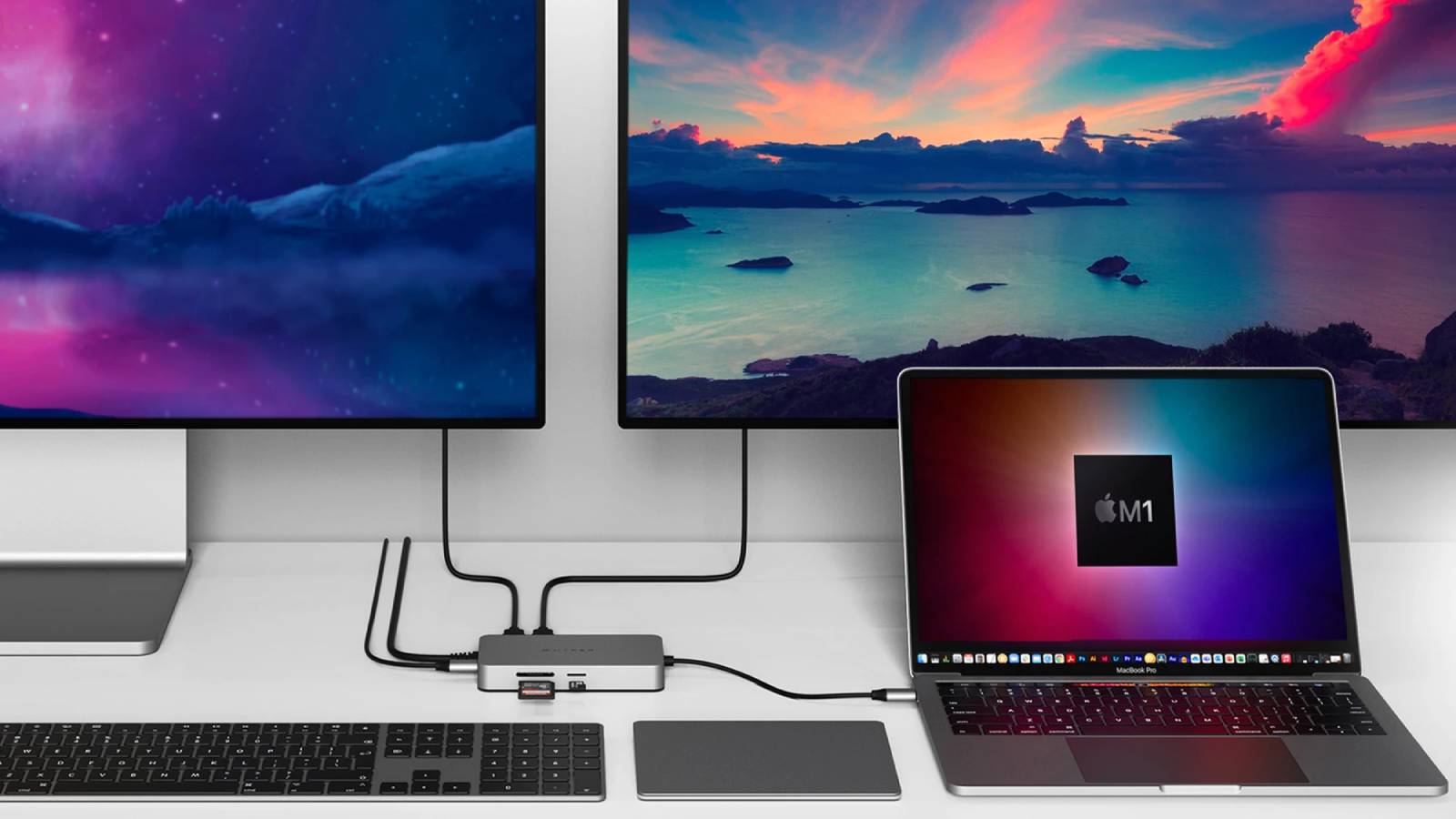
Hyper today announced the release of two new HyperDrive hubs that allow M1 models of the MacBook Air and 13-inch MacBook Pro to connect to two 4K displays over HDMI in a plug-and-play manner with no drivers required.

There is a 3-in-1 version of the hub with two HDMI ports and a USB-C Power Delivery port for up to 100W of pass-through charging, and a 10-in-1 version of the hub that offers those same ports with the addition of another USB-C port, two USB-A ports, a Gigabit Ethernet port, microSD and SD card slots, and a 3.5mm headphone jack.
Hyper says both hubs deliver dual 4K HDMI video output over a single USB-C connection to M1 MacBook models by using a combination of both DisplayPort Alt Mode and SiliconMotion InstantView plug-and-play video technology. After connecting the hub to the Mac, users must open the HyperDisplay app that appears on the desktop.
Keep in mind that on both of the hubs, one HDMI port supports 60Hz and the other is limited to 30Hz, which may be a dealbreaker for some users.
The 3-in-1 hub is priced at $129.99 in the United States and is available on Hyper's website, while the 10-in-1 hub runs for $199.99.
Note: MacRumors is an affiliate partner with Hyper. When you click a link and make a purchase, we may receive a small payment, which helps us keep the site running.
Article Link: Hyper's Latest Hubs Let You Connect Two 4K Displays to an M1 MacBook Using a Single Port
Last edited:

